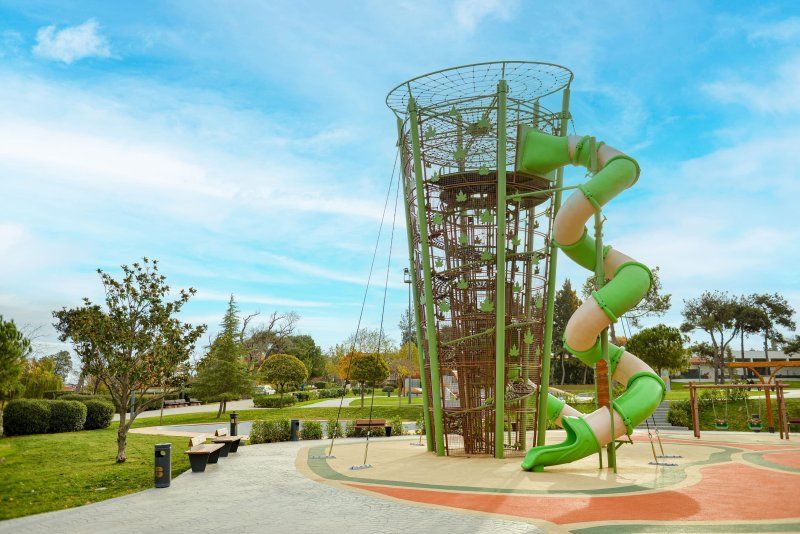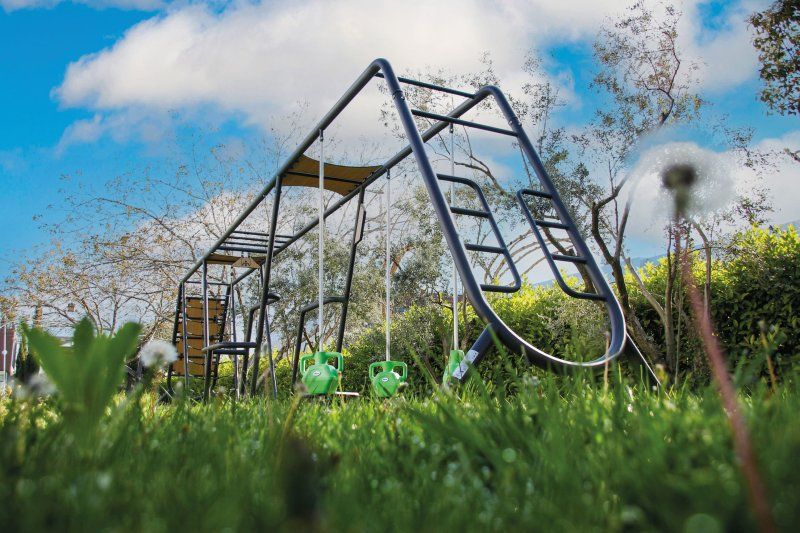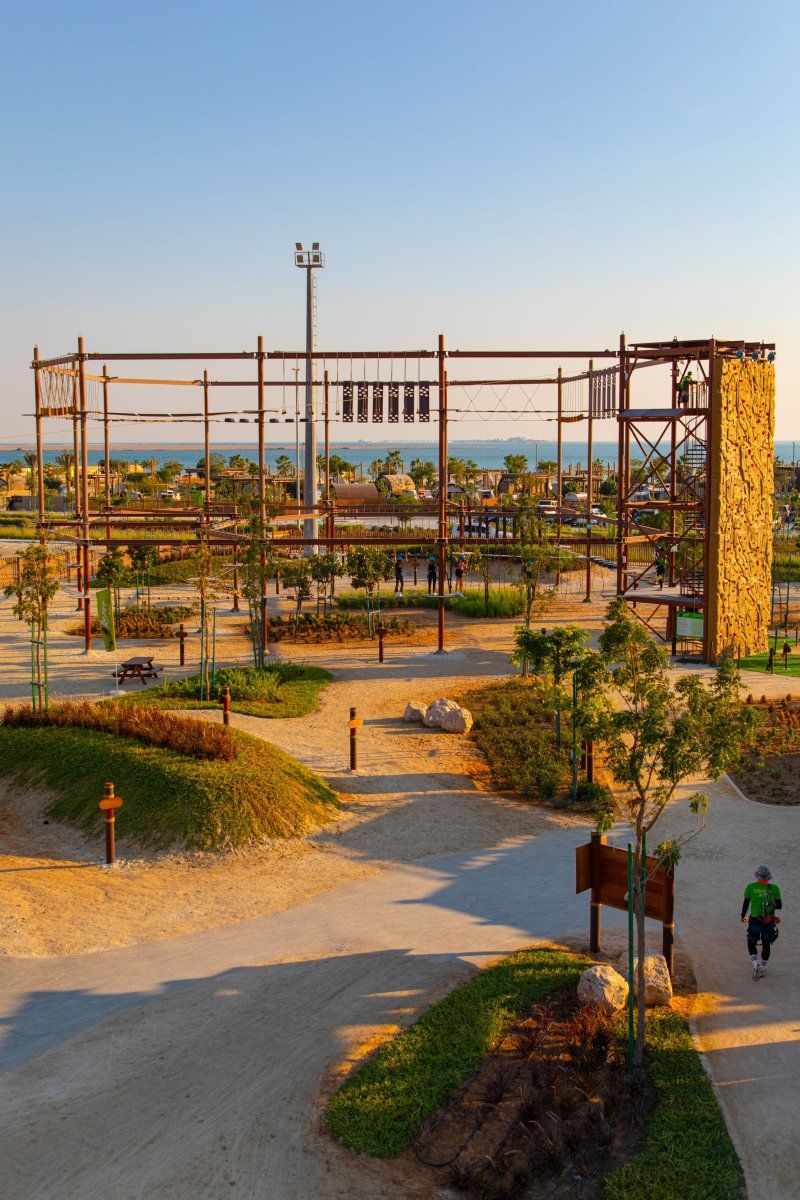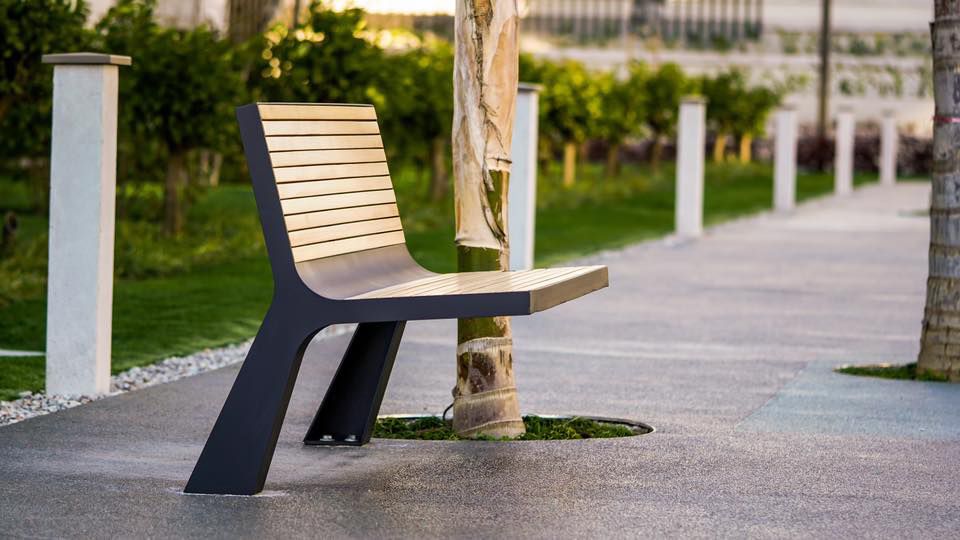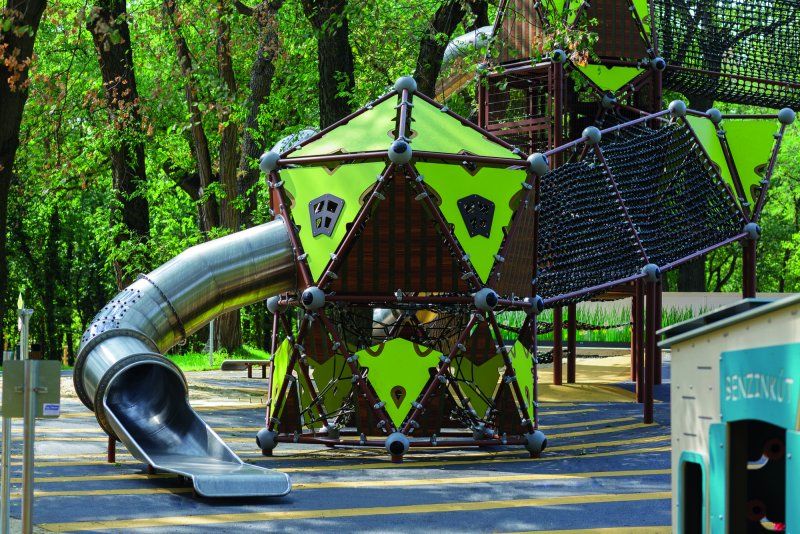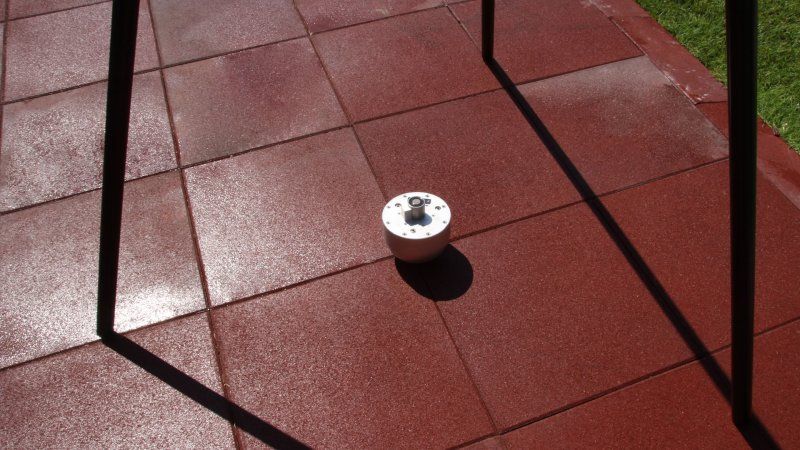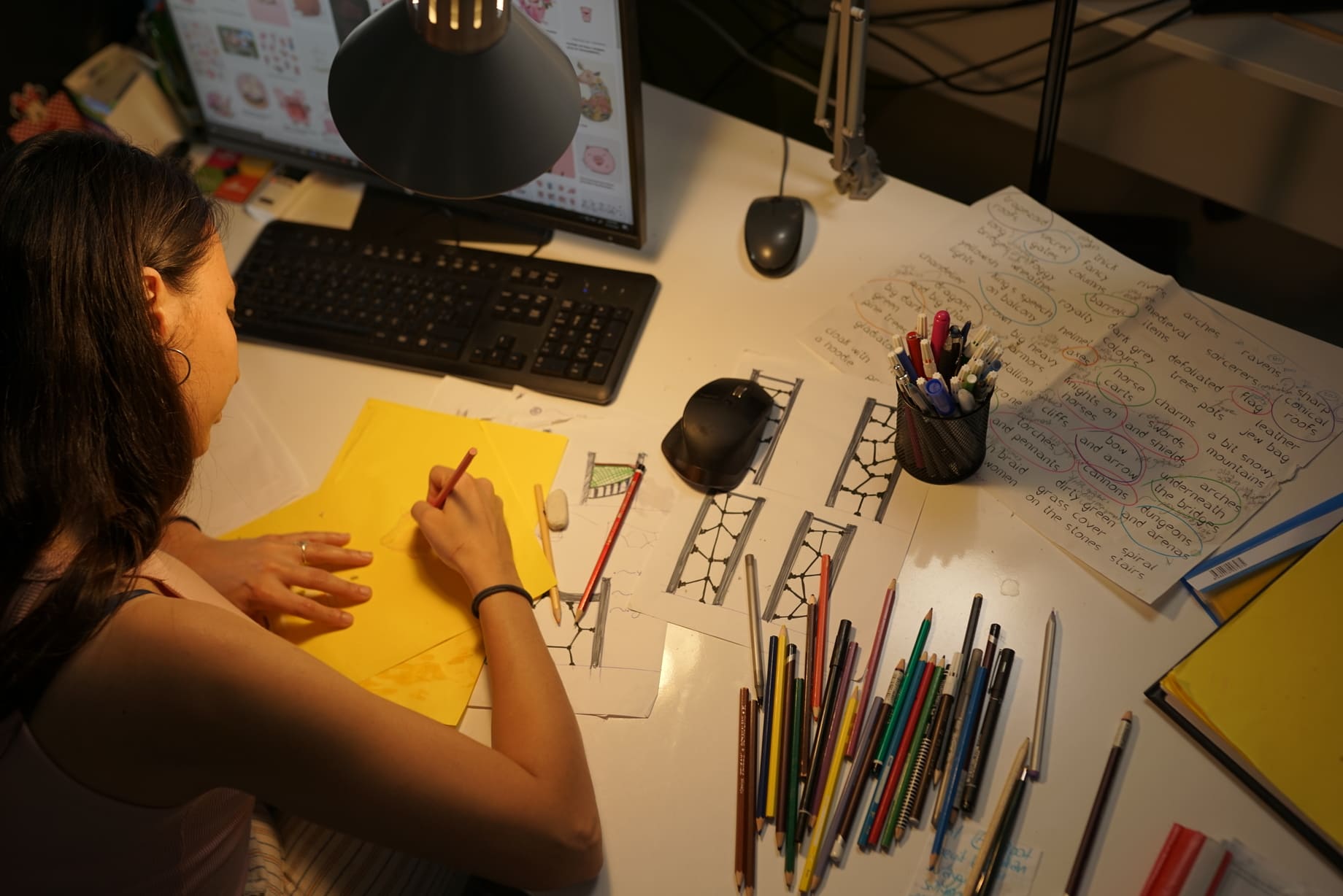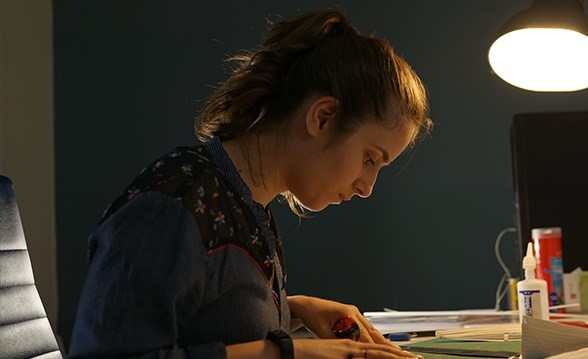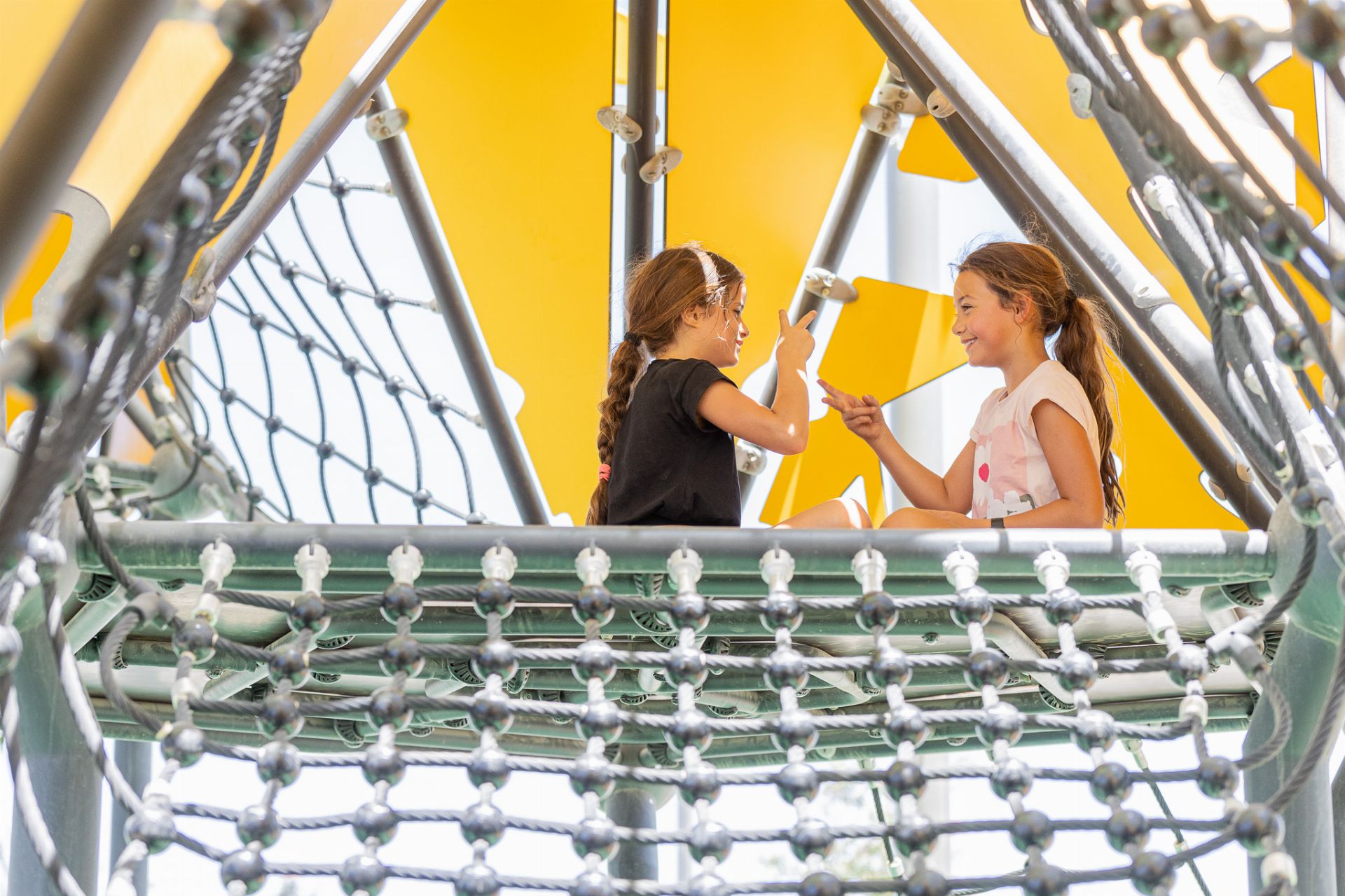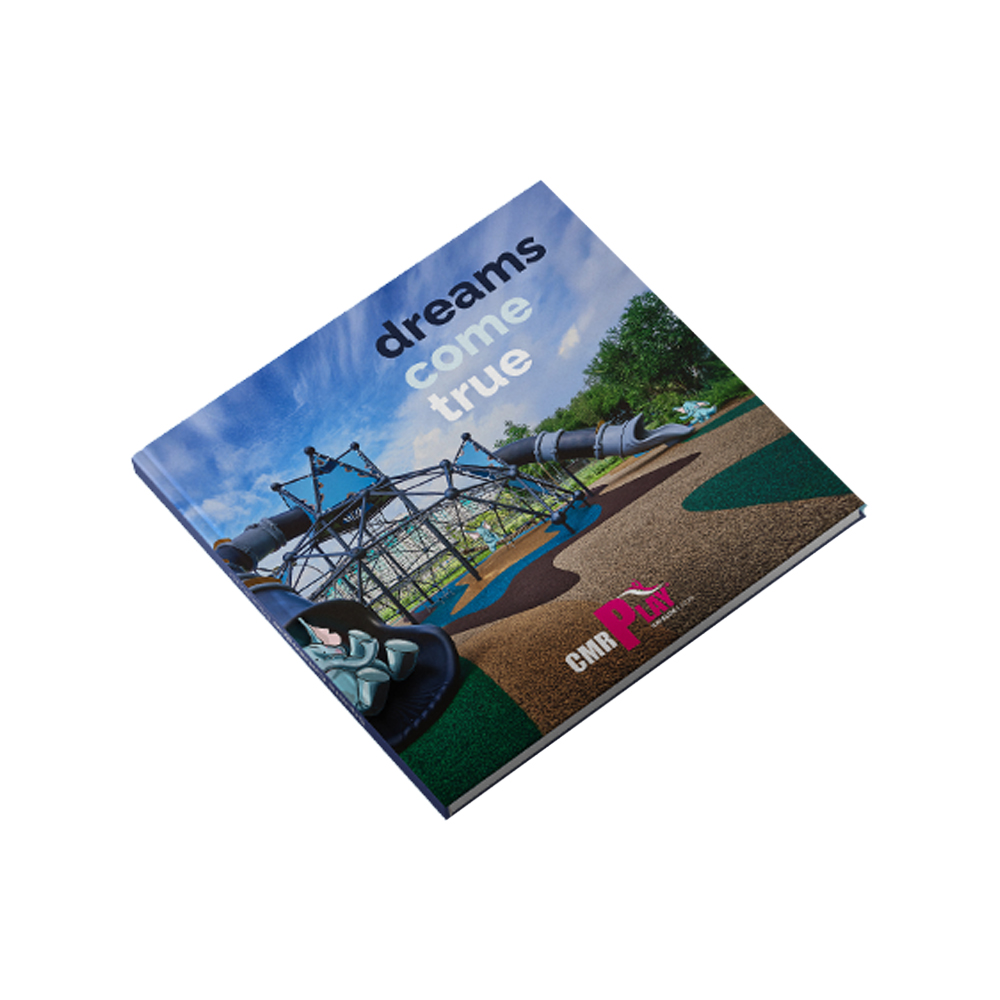
"The dreams of children shape the future, and one of the most important tools that shape children's dreams is undoubtedly the toys and games they play."
Children's play areas are spaces that allow children to play safely within urban environments and contribute to their development by enabling them to socialize with others.
The emergence of public play areas dates back to the late 19th century. These areas, which appeared in a traditional style, primarily allowed for physical activities for children and did not involve activities related to imagination and exploration (Wolley and Lowe, 2015). Play elements in these parks often included swings, slides, and seesaws. Over time, with the change in perspective regarding the relationship between children, toys, and games, the scope of children's play areas has also started to evolve. Toys and play, which were once seen as tools to occupy children and keep them entertained, have now been recognized for their contributions to children's development, leading to significant changes in the design of play elements and play areas. It is now known that toys and play areas, once merely tools for play, not only support the development of cognitive, social, and motor skills, but also play an active role in shaping children's personalities and developing their ways of thinking and behavior in social life.
With the recognition of children's play areas as part of landscape architecture, these spaces have moved beyond simply being areas where play elements are placed. With the touch of architectural design, play areas have begun to be designed with structural and vegetative landscape elements, integrating the natural environment of the area and ensuring harmony with all surrounding elements. If we take this development a step further, in the design of these areas, psychology and pedagogy disciplines also play a crucial role, especially in the fields of child psychology and child development. There are numerous studies on how these areas can be used to solve children's psychological problems or shape their education and teaching lives. However, when it comes to the design of children's play areas and toys, which are of significant importance in children's development, it is clear that these studies are not sufficiently utilized. In this context, it will be beneficial to discuss the concept of multiple intelligences theory, which we often hear about in child development, and how it can influence the design of children's play areas.
According to the Multiple Intelligences Theory developed by Gardner, all children are born with different types of intelligence at varying levels, and some may have a greater inclination towards some types of intelligence while others may not show any inclination towards certain types (Gardner, 2004).
These types of intelligence are as follows:
• Linguistic Intelligence • Logical-Mathematical Intelligence • Spatial Intelligence • Musical Intelligence • Bodily-Kinesthetic Intelligence • Interpersonal (Social) Intelligence • Intrapersonal (Self-reflective) Intelligence • Naturalistic Intelligence
This theory moves beyond the stereotypical single educational and teaching system, valuing the individual differences that each child possesses, and aims to strengthen and develop each child's potential with approaches tailored to each type of intelligence. Following a similar logic, evaluating and developing children's play tools and play areas, which play an active role in their development, according to this theory would take us a step further.
In this context, the following table summarizes the types of intelligence, their characteristics, learning styles, and the types of game setups relevant to them, based on the multiple intelligences theory:
| Intelligence Type | Characteristics | Learning Style | Game Setup |
|---|---|---|---|
| Linguistic Intelligence | Uses language actively. | Learns through speaking and listening. | Games related to letters and words where language skills can be used. |
| Logical-Mathematical Intelligence | Establishes cause-and-effect relationships. Loves numbers. | Learns by classifying with numbers and abstracting. | Games that involve numbers, calculations, and cause-and-effect relationships. |
| Spatial Intelligence | Loves daydreaming. Interested in films, drawings, and images. | Learns through visual presentations and imagination. | Games where they can create things using colors, shapes, and objects. |
| Musical Intelligence | Loves sounds and rhythms. | Learns through rhythmical sounds and music. | Games involving music instruments, creating rhythm, and singing. |
| Bodily-Kinesthetic Intelligence | Loves to express themselves with their body and hands. | Learns through touch and physical activity. | Games where they can engage in physical activities like dance and theatre. |
| Interpersonal Intelligence | Loves making friends, talking, and empathizing. | Learns by collaborating with others and socializing. | Group games that promote teamwork and cooperation. |
| Intrapersonal Intelligence | Loves to focus on one topic, think deeply, and reason. | Prefers working alone and achieving things independently. | More individual games focused on concentration and focus. |
| Naturalistic Intelligence | Interested in their environment, plants, and animals. | Learns through observing and exploring nature. | Games that involve the natural environment, such as gardening or observing animals. |
The goal of designing play areas that address all types of intelligence is to create environments that appeal to children with different learning styles, allowing them to develop their imaginations and create different play scenarios. By going beyond the play areas designed for different age groups and incorporating toys that cater to different intelligence types, children will not only enjoy their play more but also enhance their learning skills. Farland et al. (2006) exemplified some features and activity suggestions in outdoor play areas that support multiple intelligences as follows:
Art: Activities like coloring, finger painting, wall art, using hand and foot prints, creating sculptures and models will develop bodily-kinesthetic, spatial, logical, intrapersonal, and social intelligence.
Music: Providing instruments such as drums, cymbals, and tambourines to help children explore rhythm and tones, creating music groups, dancing, singing, and integrating music into play elements will foster musical and social intelligence.
Large Structures: Playing with stacking blocks, large repair and construction toy tools, and building things with LEGO-like materials will enhance spatial, logical, and bodily-kinesthetic intelligence, as well as social intelligence through collaboration.
Drama: Creating scenarios with clothing or accessories from different professions (e.g., firefighter hats, work tools) and allowing children to develop play scenarios will promote bodily-kinesthetic, social, intrapersonal, logical, visual, musical, naturalistic, and linguistic intelligence.
Science: A play area in nature can serve as an outdoor laboratory. Providing tools to plant seeds, water plants, observe insects, and examine animals and the sky will foster logical, visual, naturalistic, and bodily-kinesthetic intelligence.
Books: Giving children time to read books or engage in word games, rhymes, and storytelling will enhance linguistic and social intelligence.
Sensory Activities: Sensory activities cater to all intelligence types. For instance, playing with materials like sand, water, or clay allows children to use their hands to shape and explore, significantly enhancing creativity and supporting all types of intelligence.
According to Shackell et al. (2008), successful play areas should be well-positioned, use natural elements, contain diverse play options, include children with disabilities, allow children of various ages to play together, support their development, and be designed as sustainable spaces. This comprehensive definition of children's play areas, based on multiple intelligences theory, will further improve these spaces if they are designed to support different types of intelligence.
Burcu Ayan
Dr. Landscape Architect
June 2021
References:
Farland, L., and Adhikary, M. (2006). Bringing multiple intelligences outdoors. Child Care Quarterly, 30(2):24-33.
Gardner, H. (2004). Frames of Mind: The Theory of Multiple Intelligences. Basic Books: New York.
Shackell, A., Butler, N., Doyle, P., Ball, D. (2008). Design for Play: A guide to creating successful play spaces. ISBN: 978-1-84775-225-3.
Woolley, H., Low, A. (2015). Exploring the Relationship between Design Approach and Play Value of Outdoor Play Spaces. Landscape Research, 38(1), 53-74.

